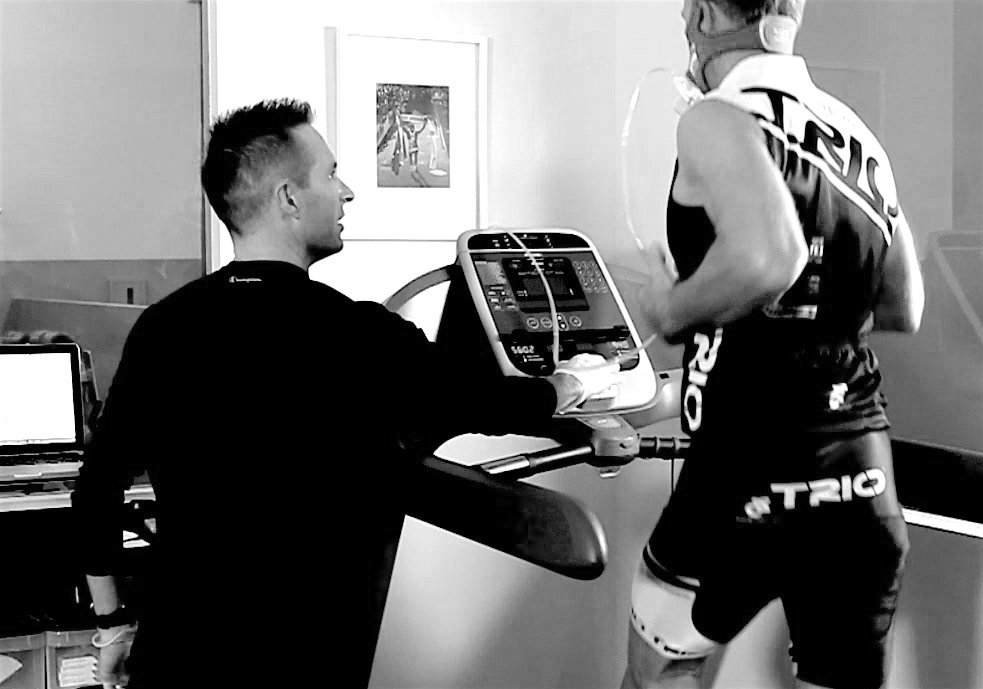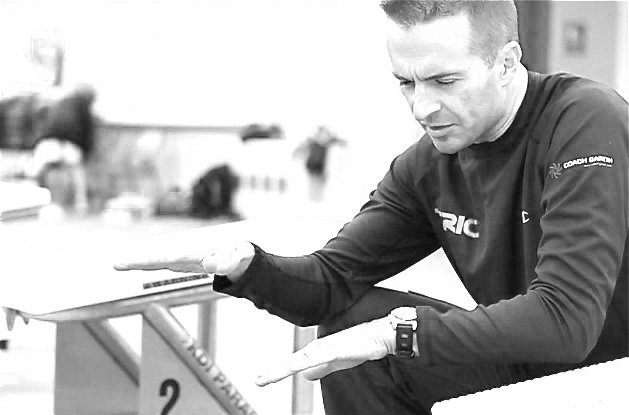
UNLOCK YOUR TRUE POTENTIAL
WORLD-CLASS COACHING FOR ENDURANCE ATHLETES WHO ARE READY TO WIN
MEET SOME WINNERS>>
-

ALI ARSAN // SUB 2.50 MARATHON
“Coach Gareth and I have been working for more than 2 years. Thanks to his detailed analysis and personalized coaching plans, I was able to shave off over 40 minutes from my marathon time. I would recommend him for any serious athlete wanting to see what their maximum potential is”.
-
BRIAN TEMPLE // KONA IRONMAN
“Coach Gareth has been training me for many years. He develops plans using periodization and lactate data to maximize performance. With him I’ve gone sub 2.50, won my age group at the Tokyo Marathon and qualified for the Kona World IRONMAN championships”.
-

JAMEY YANIK // TOP 5 LEADVILLE 100
“When I started working with Coach Gareth, I immediately knew his attention to detail & scientific approach was a winning choice. Now 16 years later with a family and limited training time, the precision of Gareth’s training plans allow me to not waste anytime and still chase my dreams.”
-

ERIKA CHAU // LIFESTYLE ATHLETE
“I started working with Gareth over a decade ago to set up a program that worked with my intense business life and racing goals. My fitness keeps going up and my times keep going down. When you get to hit a new PR 15 years after your last one you know your coach is doing something right”.
ABOUT
For more than 30 years, Gareth Thomas (FFI/ NCF/ RAW/ ITEC) has been coach and advisor to top endurance athletes including World and National champions in Triathlon, Ironman, Cycling & Running.
He has worked with Olympic level development programs, Pro-Tour squads and U.S. Collegiate teams. He brings elite level coaching & sports science to athletes of all abilities to help everyone reach their true potential including hundreds of Kona IRONMAN and Boston Marathon qualifiers.
Gareth is known as the "LACTATE GURU" and regarded as a leading authority on blood lactate and VO2 max testing and its application for endurance athletes and longevity seekers.
He is the author of several books, was head coach of the UCLA Triathlon Team for six years and creator of the PKRS.AI training app. With a global client base, Gareth works with athletes of all abilities from all around the world. His focus is to use sound sports science and his wealth of experience to create injury-free "complete" athletes.
A lifelong athlete himself, Gareth has been a runner for 40 yrs, raced Triathlon professionally including the IRONMAN and for Team Great Britain and has competed in MTB and cycling events around the world.
He is the “results” coach and his resume speaks for itself :
“Putting YOU First”








A message from Gareth …..
SCIENCE & DATA
Over the past 30 years, I have had literally thousands of athletes go through my lab creating a wealth of data and knowledge that is at the heart of YOUR coaching experience. It puts me in a unique position to help YOU like no one else. I sit at the center of ground-breaking technologies and thought leading approaches all routed in sound sports and health science with proven results.
I WILL CARRY YOU ON THE SHOULDERS OF GIANTS
Working with me gives you access to my entire network of knowledge. I have been lucky in that during my coaching career I have had access to (and learned from) arguably the world’s best-ever coaches, athletes, support staff, nutritionists, psychologists, doctors and specialists. A network that has won hundreds of Olympic gold medals, world championships, set world records, saved careers, discovered new therapies, developed new techniques and reshaped endurance and health for the masses. Everything I bring to the table is the summary of all the greats that came before you and is now available to YOU.
I KNOW WHAT YOU ARE GOING THROUGH
My life has been a life of sport. Soccer as a child, Cricket as a teen, Triathlon as an adult. A runner for over 40 years and a competitive cyclist since I was 22. IRONMAN, the marathon and everything in between. My father owed a gym when I was 7! I have lived and continue to live a life focused in sport and health every single day. Whatever you are going to feel and experience along your journey, I have likely personally felt and experienced myself at some point! I can slash your learning curve and save you from making the same mistakes that I learned the hard way!
YOU GET ME
Being coached by me is a one to one experience. There are no middlemen, no assistant or technicians to dilute the quality of your coaching experience. You can text, call or email me directly at any time. Need to meet? Come on over.



